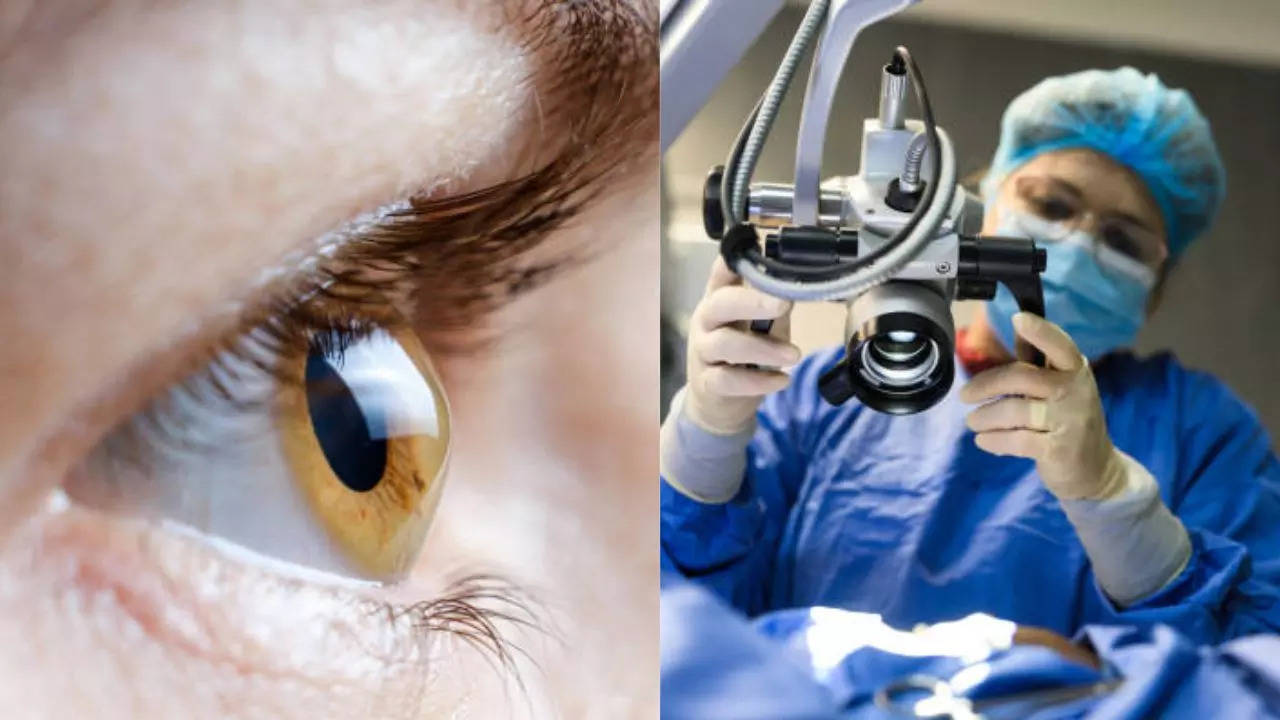The cornea, the eye’s clear and transparent outer layer, is crucial for transmitting light and enabling vision. However, any opacity in the cornea can lead to severe visual impairment or blindness. In India, corneal opacities are the second leading cause of blindness among people aged 50 and older, and the primary reason for younger patients.
With approximately 1.2 million people affected by corneal blindness, the demand for corneal transplants has increased manifold. While an estimated 100,000 transplants are required annually, only 25,000 to 30,000 procedures are performed due to a significant shortage of donor corneas.
However, there are many myths about corneal transplants. We got in touch with Dr Gulapalli Nageswara Rao, Founder- L.V Prasad Eye Institute, Hyderabad who debunks myths and states facts on corneal transplants.
Corneal Transplants Myths Vs FactsMyth: The Whole Eye Is Transplanted Fact: Only the cornea is transplanted. The cornea is the clear outer layer at the front of the eye that helps focus light. The sclera, or the white part of the eye, can also be donated.
There is absolutely no disfigurement of the body when the cornea is donated as a lens is placed to cover the area of the cornea. Myth: The Same Timing Applies To The Cornea Donation As To The Organ Donation. Fact: Cornea donation is to be made only after death and ideally retrieved.
Within 6 - 8 hours after death is ideal however, this can be extended to 12 - 24 hours if the body is placed in an .


















